Life, and its flipside, mortality is inevitable in animals. From shortest to longest, let us look at the average lifespan on these animal species
It is standard for every organism to burn out. The lifespan of a living organism is considered the period between its birth and death. While a few die just under 24 hours, some can outlive many generations. The biological ageing of animals involves the decline of a diverse range of bodily functions. Lifespan is marked by several conditions - one of the most prominent ones being heredity. While the upper age limit of an animal can be affected by its environmental conditions, species cannot age beyond a specific age, even under the most permissible conditions.
Life expectancy in animals
The term 'life expectancy' is the estimate of the number of years an individual is expected to live. But how do you find an animal's age? Much of the data that is available is based on observations of the domesticated species. And it is especially difficult to conclude the age of animals born in the wild. But the relative age of animals can be determined. This is done by taking into account the growth markers present in their skeletal structures. Visual cues, like the number of teeth, wear and tear of skin tissues, animal's mobility, and speed are some factors that can help determine an animal’s age. An important thing to note is that life expectancy is always average. Even if the mortality patterns remain constant, very few animals will die at the indicated age.
Environmental influences that affect the longevity in animals
One of the top causes that affect the lifespan of an animal is the environmental changes. Around the world, wildlife is subjected to the effects of the growth of human population, mostly in a negative way. The expanding ecological footprint has resulted in a dramatic change to the environment, which compromises the longevity of many animals. At the molecular level, these effects lead to disruptions in animal’s endocrine systems, changes in the sex ratio and many other reproductive parameters, and immunosuppression and impairment in immune systems. The ever-changing environmental conditions also result in genotoxic and teratogenic changes in animals. The anthropogenic changes affect many parameters of animal health, including the quality and the number of years that they spend on earth.
The below-mentioned lifespans of animals are an average and calculated under the best living circumstances.
Mayfly - 24 hours or fewer

An average lifespan of a mayfly is surprisingly low. There are over 3,000 species of mayfly found all over the world, and they go by many aliases - including Canadian Soldiers and Shadflies. Mayflies go through three crucial stages - nymph (larva), subimago (developing stage), and imago (adult). Their lives are action-packed. And they spend most of the time mating and reproducing. Post the nymph stage, female mayflies live an average of 10 minutes, while the male mayflies can live up to two days.
Male mosquito - 7 days
Did you know mosquitos have been around for over 200 million years?! Their life begins when they are still inside their eggs. And the egg-to-adult period for male mosquitoes can be as short as just seven days, and they will remain in the same habitat all their adult life. They do not need human blood and can survive entirely on flower nectar. And so, their proboscis is not strong enough to pierce human skin.
Female mosquito - 2 to 3 weeks
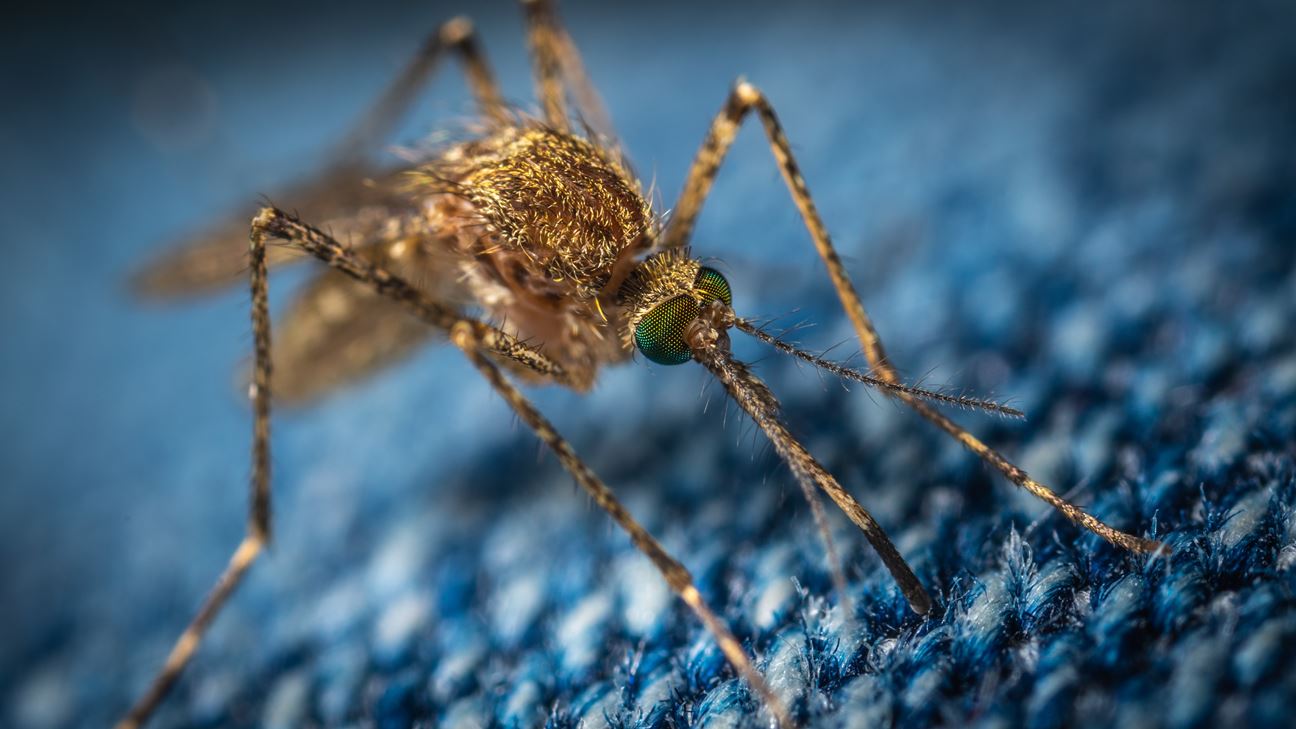
On the other hand, female mosquitoes are bigger and live longer compared to male mosquitoes. They can live up to even 2 months under favourable conditions. Similar to the male mosquitoes, female mosquitoes also feed on flower nectar. It is only after mating that they drink human blood to obtain protein to help develop their eggs. Their proboscis can be penetrated through human skin to draw blood. Unfortunately, they also carry many disease-carrying pathogens.
House mouse - 9 months

From birth to death, house mice live a very fast life. Pup mice wean off their mothers in just a few days and set out to source food. Relentlessly, they take every opportunity to enter our houses in search of food. At six weeks, they become sexually mature and start reproducing. And a single female mouse can produce 50 to 60 babies in less than a year. Their long list of predators includes birds and smaller animals, but the most common cause of death among house mice is cancer. Other mouse species like deer mouse and white-footed mouse live a little longer, averaging 12 and 20 months, respectively.
Kangaroo - 8 years
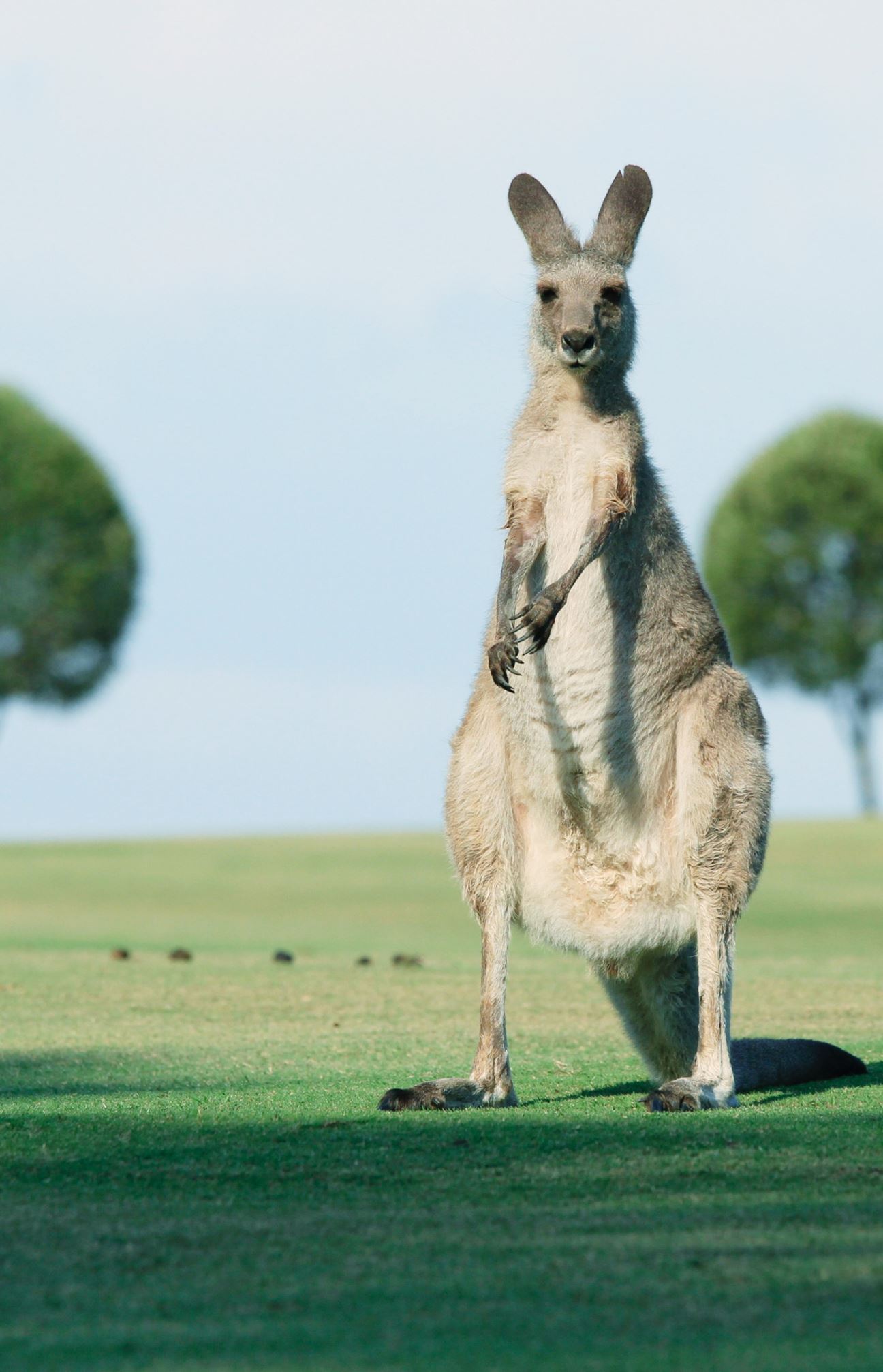
There are almost 50 species of kangaroos with different lifespans. Giant Reds, Eastern Grays, and Western Grays are the most commonly known species of kangaroos. The red kangaroos are known to survive up to 20 years in the wild. The Eastern Grays and Western Grays can survive up to 10 and 11 years respectively in the wild. However, the lifespan of kangaroos in captivity is much lower, hence bringing down the average to 6 to 8 years.
Domestic dog - 12 years

A dog’s unconditional love and companionship are one of the greatest joys in the world. But there are pitfalls. The loss of a beloved pet dog in an undeniable fact, as most dogs are believed to live between 10 to 15 years. In general, smaller dogs tend to live longer than their larger counterparts.
Domestic Cat - 15 years

Cats are known to live longer than dogs. While the average lifespan of a common cat is about 15 years, it is not uncommon to see cats in their twenties! Many factors like genetics, nutrition, healthcare, and well-being play an important role in determining the lifespan of a cat. The Manx and Siamese cats often live the longest - some even in their thirties! Crème Puff, a domestic shorthair, is the oldest recorded living cat who lived a glorious 38 years on this planet.
Giraffe - 25 years

As the world's tallest mammals, giraffes, natives of sub-Saharan Africa, live between 20 to 25 years in the wild. While in captivity, giraffes can live a little longer, up to 35 years. The maximum lifespan of a male giraffe is 75% of that of the maximum lifespan of a female giraffe. Owing to greater reproductive output, females are known to live longer. Giraffes are herbivores and prefer to eat new shoots and leaves which provide them with a high fibre diet.
Orangutan - 40 years
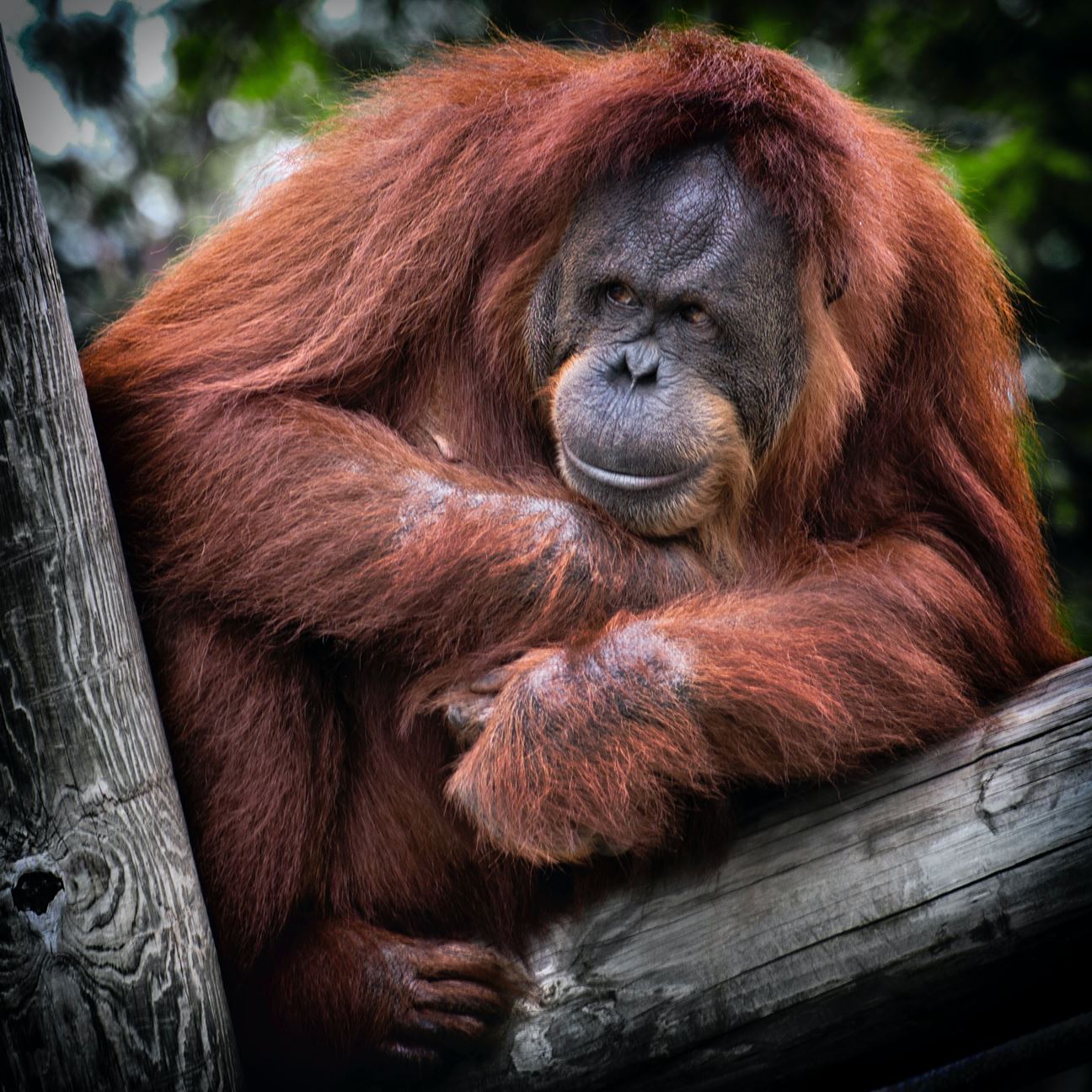
Orangutans of the Pongo genus are native to Malaysia and Indonesia. They particularly live in the rainforests of Borneo and Sumatra, where they are highly dependent on the trees. Out in the wild, these orangutans can survive between 35 to 40 years. While in captivity, these apes can live even up to 60 years.
Longfin eel - 60 years
Longfin eels can be found in the waters of New Zealand. These freshwater eels are often called one of New Zealand’s fierce predators because of their sense of smell. They are long and slender and probably the biggest eels in the world. In the wild, they can live an average of 60 years. The longest living longfin eel ever recorded lived a whopping 80 years!
Macaw - 65 years
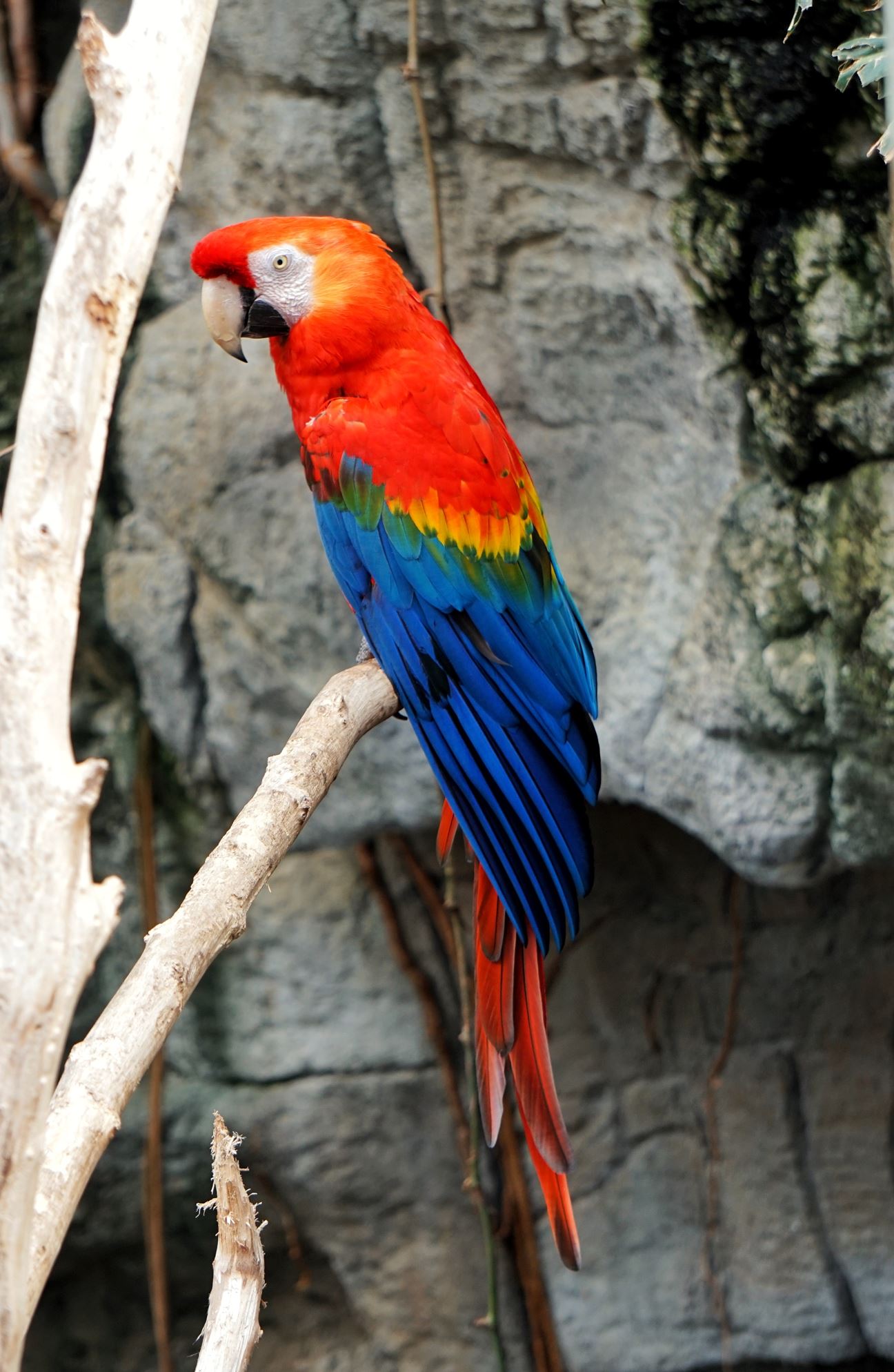
Macaws of the parrot family are brightly and brilliantly coloured! These long-tailed parrots are native to Central America and North America (Mexico only), and South America, but are today seen in almost all the world’s largest zoos. Given their long geographical spread, it is difficult to determine their exact lifespan. Though, studies suggest that the lifespan of blue-and-yellow macaws is an average of 65 years. In the wild, their lifespan is comparatively shorter, mostly because they get preyed on by animals and other larger birds. The Green-winged macaws and Scarlet macaws are known to have lived till 70 years of age!
African Elephant - 70 years
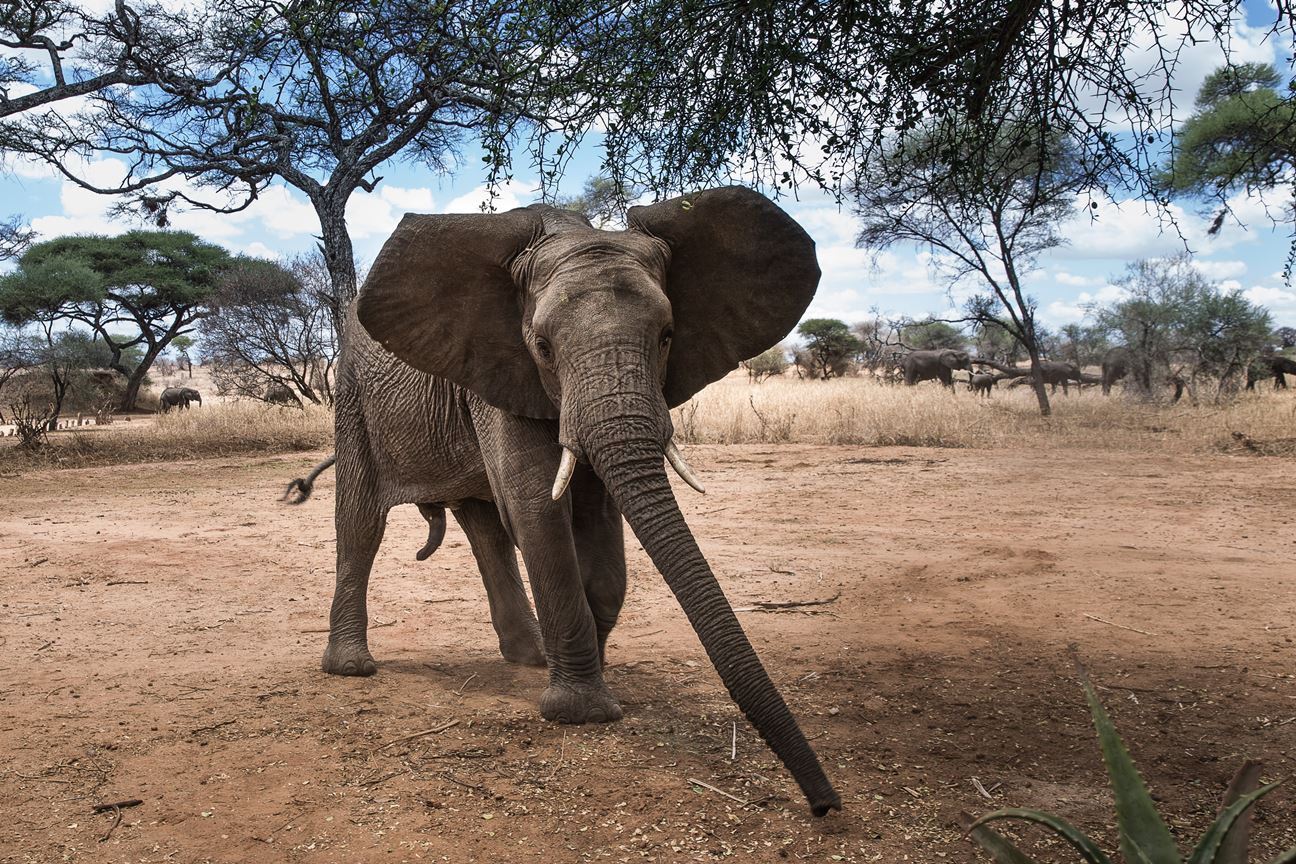
Of all the elephant species, the African Elephants are the largest land animals on Earth! As the name suggests, they are native to the continent of Africa where they are known to wander through the forests and plains of the 37 countries. While most elephants can live up to 70 years, an average of 55 years is recorded among the wild elephants. In captivity, due to better-managed care, African Elephants are known to survive way beyond 65 years.
Galapagos Giant Tortoise - 100 years

Native to the Galapagos Island, these tortoises are one of the largest living species of tortoises! It was found that the number of reasons Galapagos Giant Tortoise live this long includes quick DNA repair, a healthy immune system, and a natural defence against the cancer-causing genes among others. Harriet the Giant Galápagos Land Tortoise lived a record 175 years of age. Harriet was taken to England aboard the HMS Beagle by Charles Darwin and somehow later ended up in Australia. Steve Irwin acquired Harriet in 1987 and she spent the rest of her life in Australia Zoo.
Ocean quahogs - 200 years

These are the longest living marine organisms in the world! These edible clams are native to the North Atlantic Ocean. Ming the Mollusk, the oldest living clam was 507 years old when it died in 2006. A team of researchers believed that the clam was 402 years old, but after it was pulled out of the Icelandic waters, the scientists released that the clam has lived 102 years more than the previous evaluation. The clam was named Ming because it was born during the Ming Chinese dynasty. Under ideal circumstances, the Ocean quahogs live up to 200 years.
Immortal Jellyfish - immortal
Also called the Turritopsis dohrnii, the immortal jellyfish was first ever discovered in the 1880s while it was swimming in the Mediterranean Sea. Born as a planula, this fish settles on the seabed and grows into adulthood in a matter of weeks. Fully grown, it measures only 4.5 millimetres! Its stomach is bright red, with 90 white tentacles. The jellyfish undergoes a rare type of cell regeneration, a process called trans-differentiation. While all its cells are entirely replaced, the genes remain immortally the same. And so the jellyfish are believed to live forever!